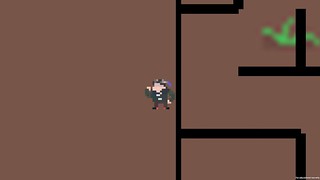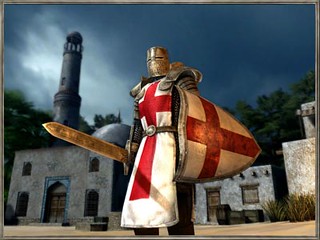CC Image “maze” by xervian
Summary
We had to make a game in 2 weeks and 2 days– not the usual 3. We overcame the challenge and made a fun game.
21st Century Skills Demonstrated
Ways of Thinking
-
- Critical Thinking and Problem Solving
- Our group was able to come up with a game scenario that fit the requirements. When the WASD script broke when we were compiling all the codes on Sam’s Project, I problem-solved by looking up what components were in Rigidbody 2D.
- Critical Thinking and Problem Solving
Ways of Working
-
- Communication
- Our group spent 5 minutes at the beginning of the class period, communicating what we did last class session and what we’ll be doing that day.
- Communication
Tools for Working
-
- Media Literacy
- I used Piskelapp.com and Draw.io to make sprites and flowchart, respectively.
- Media Literacy
Ways of Living in the World
-
- Leadership & Responsibility
- We tried a new program, Scrum, designed to help teams work more efficiently. I took on the role of Scrum Master, who works towards increasing the team’s productivity using burndown charts.
- Leadership & Responsibility
Sam Fantasy Maze Generator
(It should be a video, but we couldn’t get that in time. I’ll replace it when Sam sends the video link.)
Reactions to the Final Version
“Less fuzzy, out of focus slide photo” – Brian Favorite
“Add some animation, but pretty good overall” – Kenny
Evaluation of the Final Version
The game is about finding the center of the procedurally generated maze. The mechanics were simple, just your usual WASD. The game is expected, you don’t find anything in the middle of the maze. Instead, it regenerates the scene when the Player Character collides with the Hollow Box. The game is concrete as it mimics what a person would experience in a real maze, complete with dead ends and annoying moments. Player Character’s physics is also designed to resemble the walking speed of a real human. The game is credible as mazes are something you see in real life (although infrequent), such as garden mazes for entertainment and artistic purposes. The game is not emotional. In the same way, the game lacks a proper story as to why the Main Character is traveling into the maze. All the lack of SUCCESs criteria will be evaluated and implemented in later iterations.
What I Learned and Problems I Solved
I learned how to make a sprite(Player Character) be controllable using WASD by the player using vector and Input.GetAxis. This code, as well as other codes we made, will be saved on our Github and Trello so our team can easily use it for future iterations. I also familiarized myself with other art and Player Character-related Unity functions such as Rigidbody 2D and Colliders. I also expanded my leadership skills with the Scrum framework, which we’ll continue to use throughout the year.





